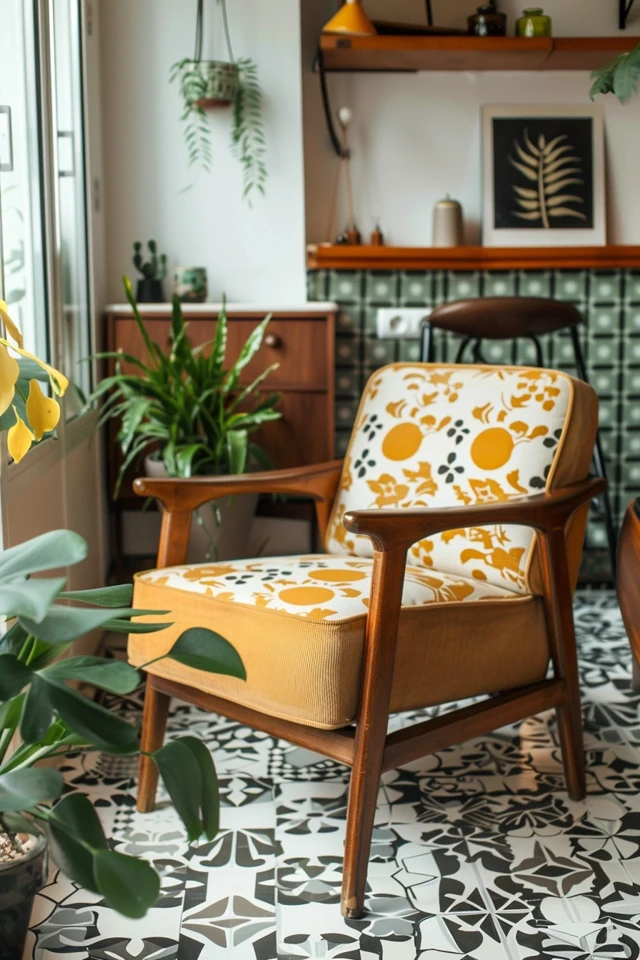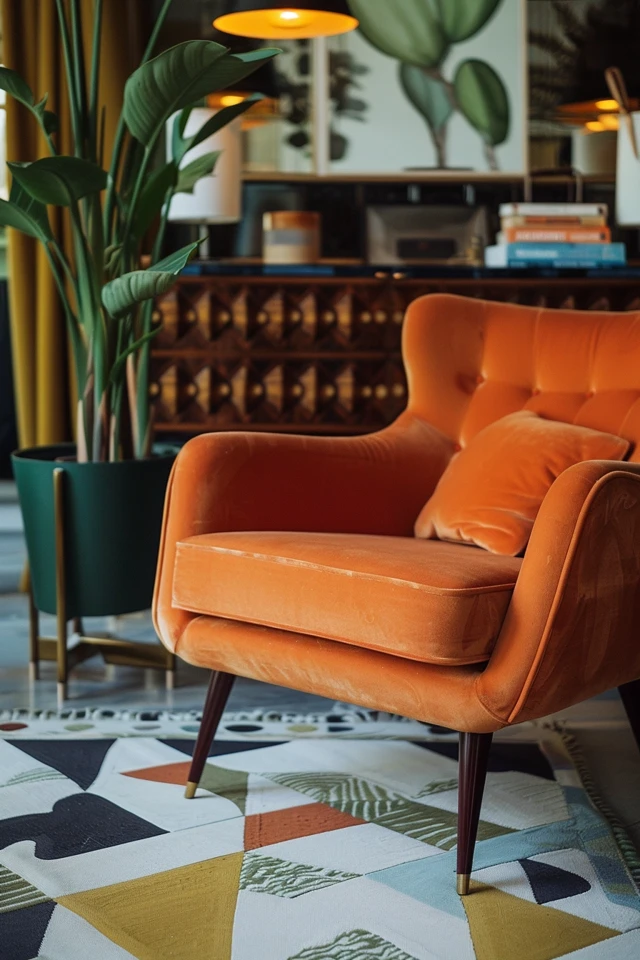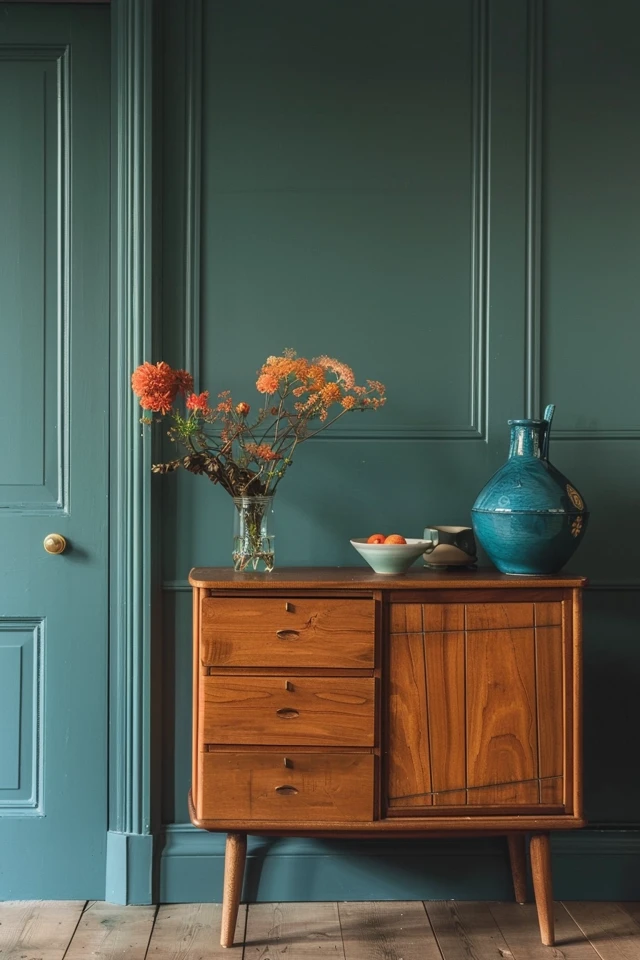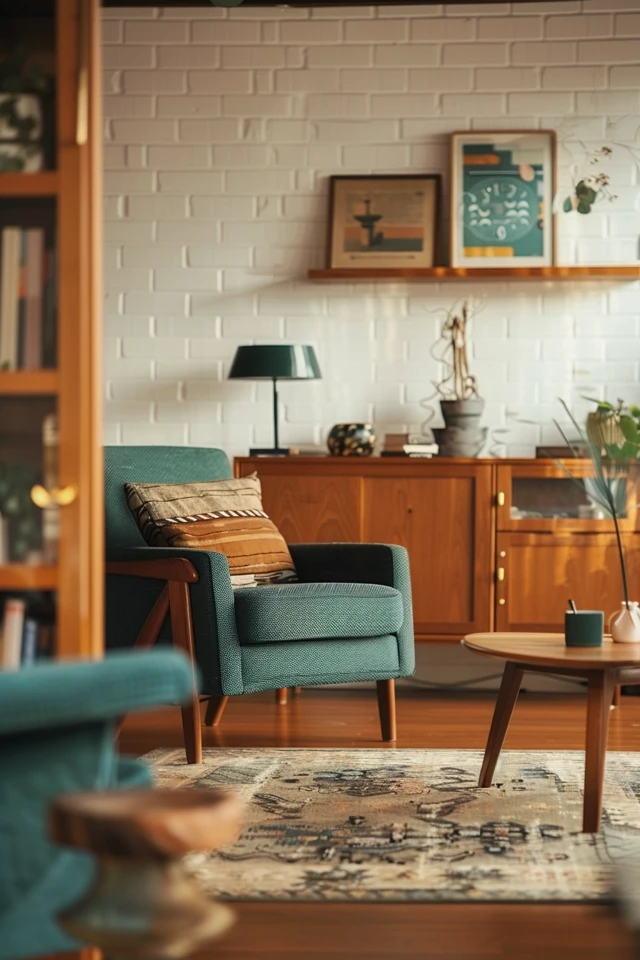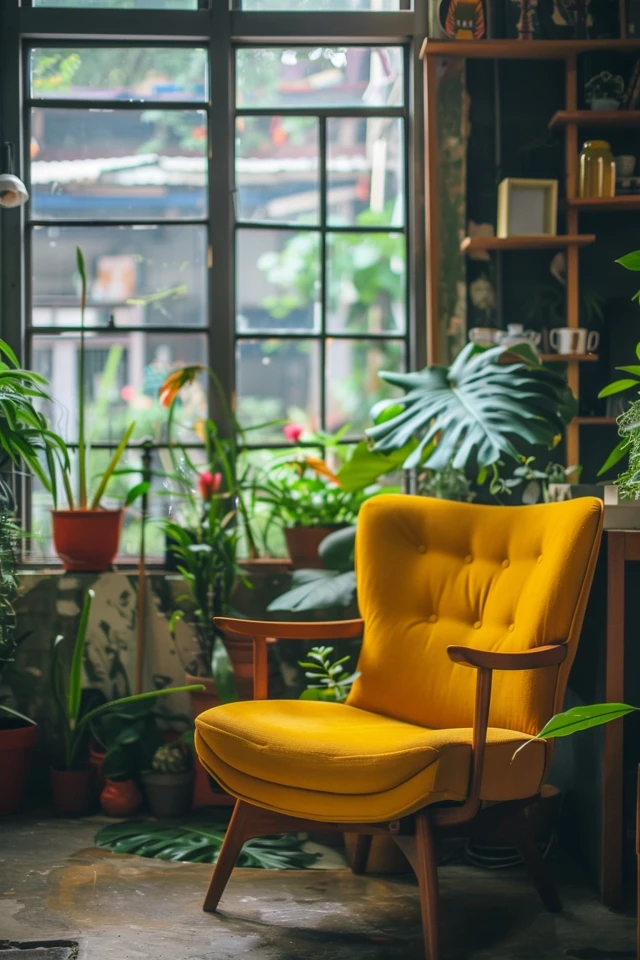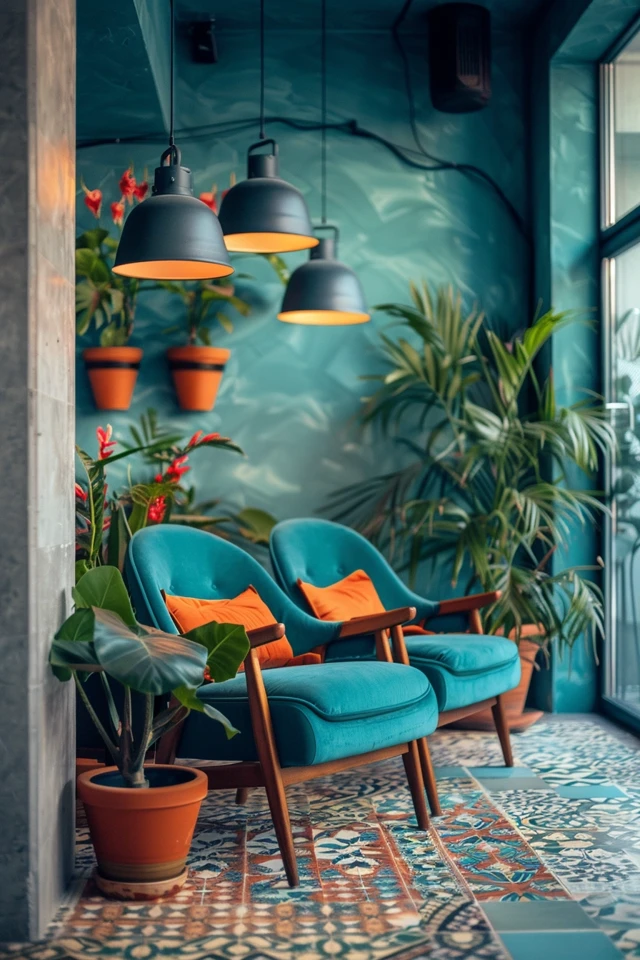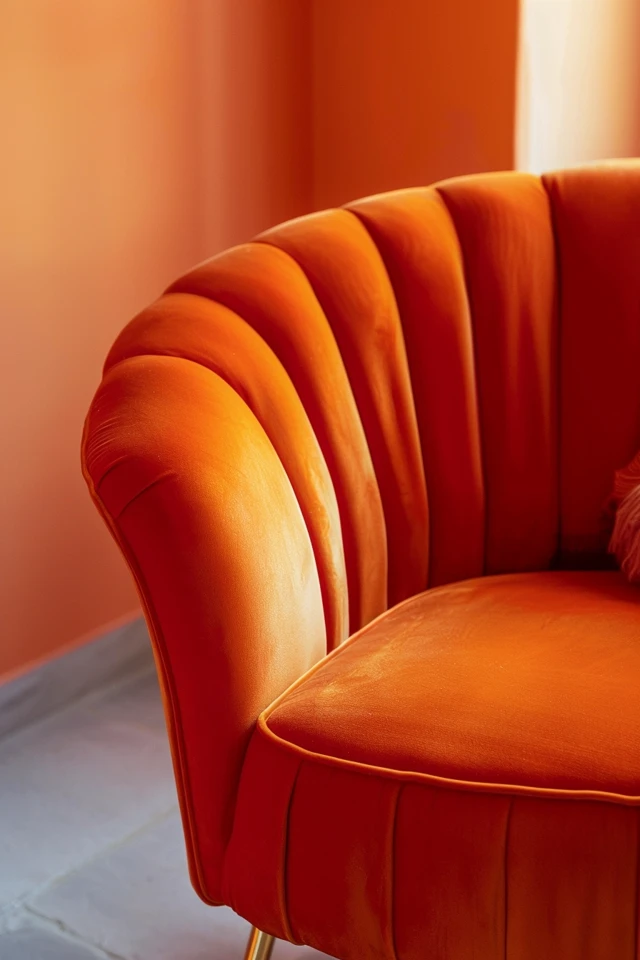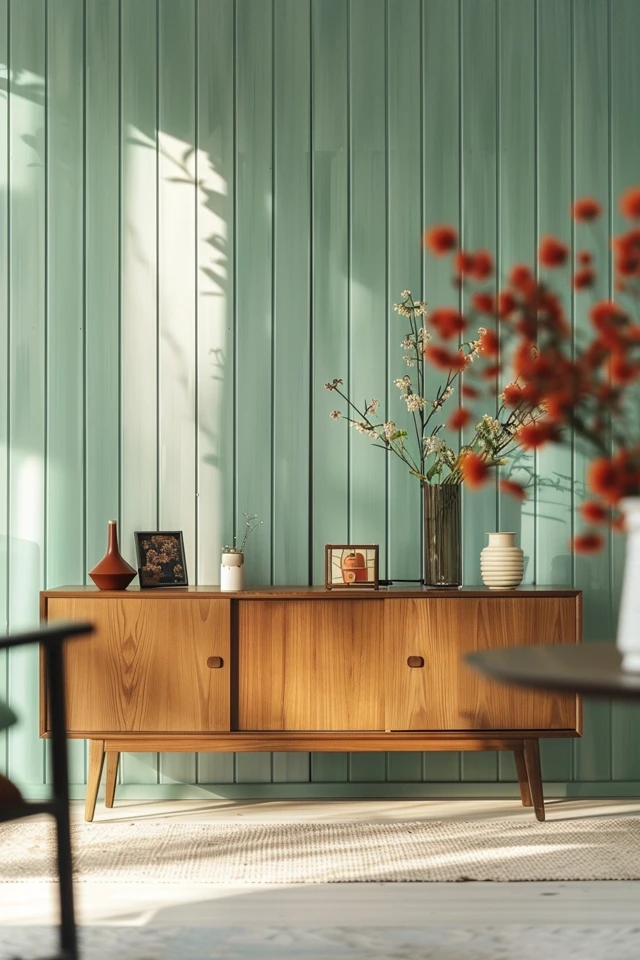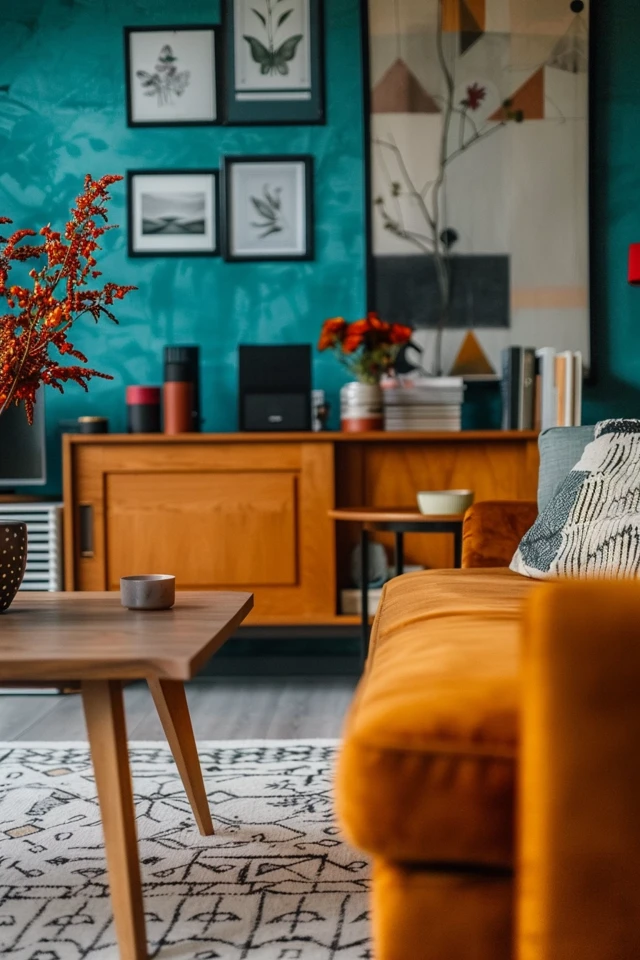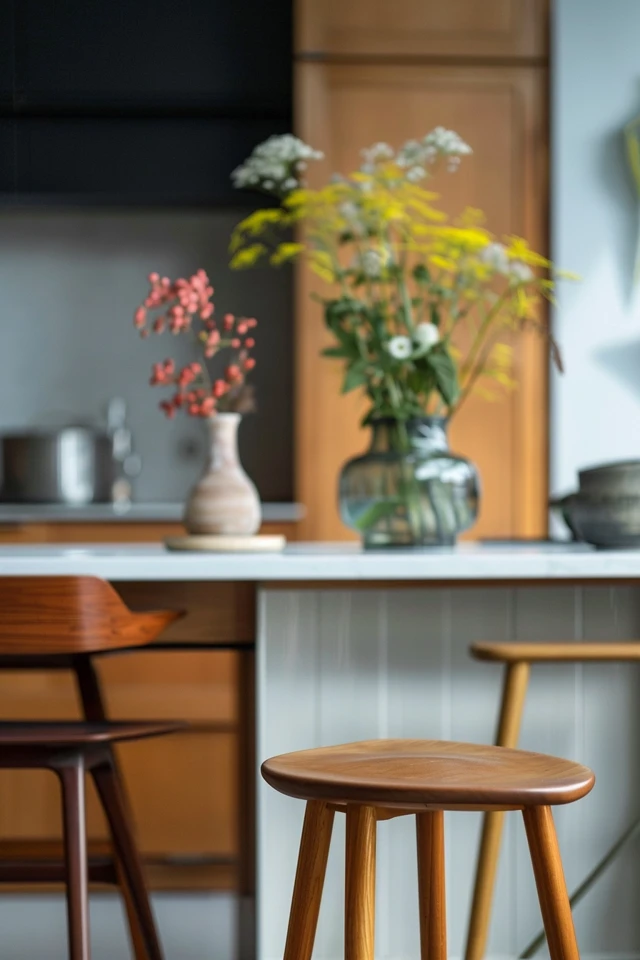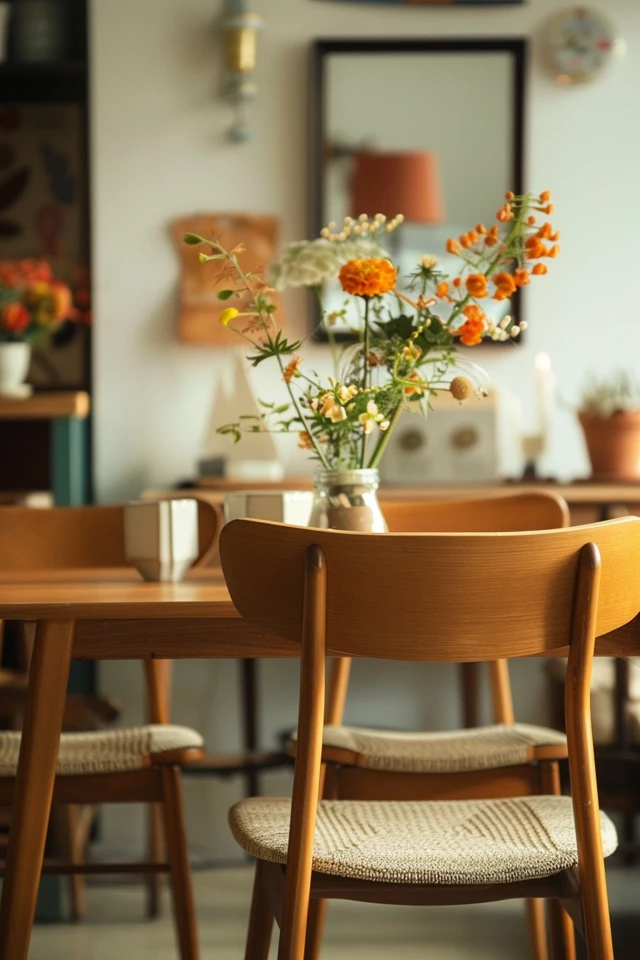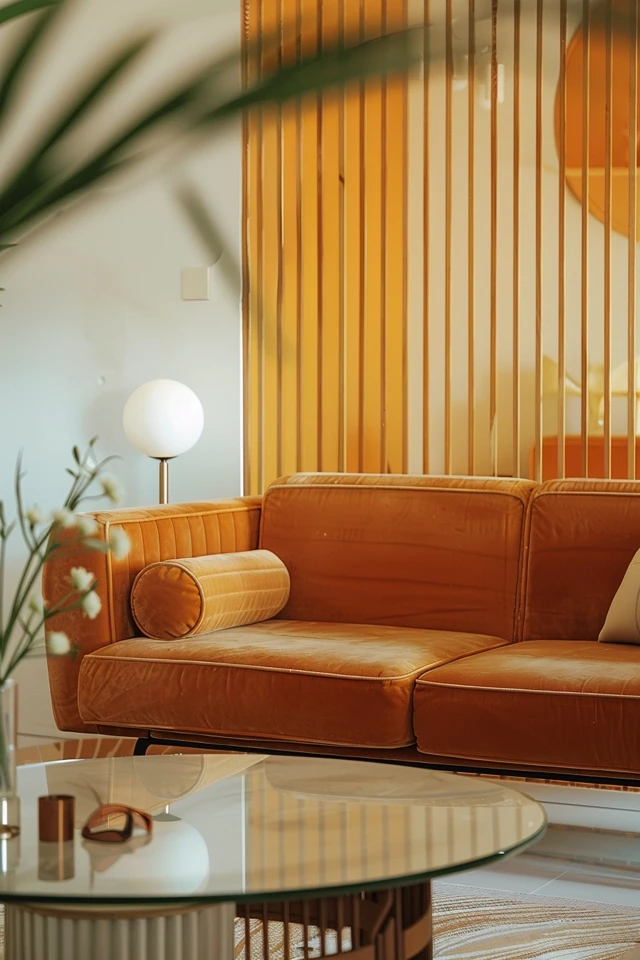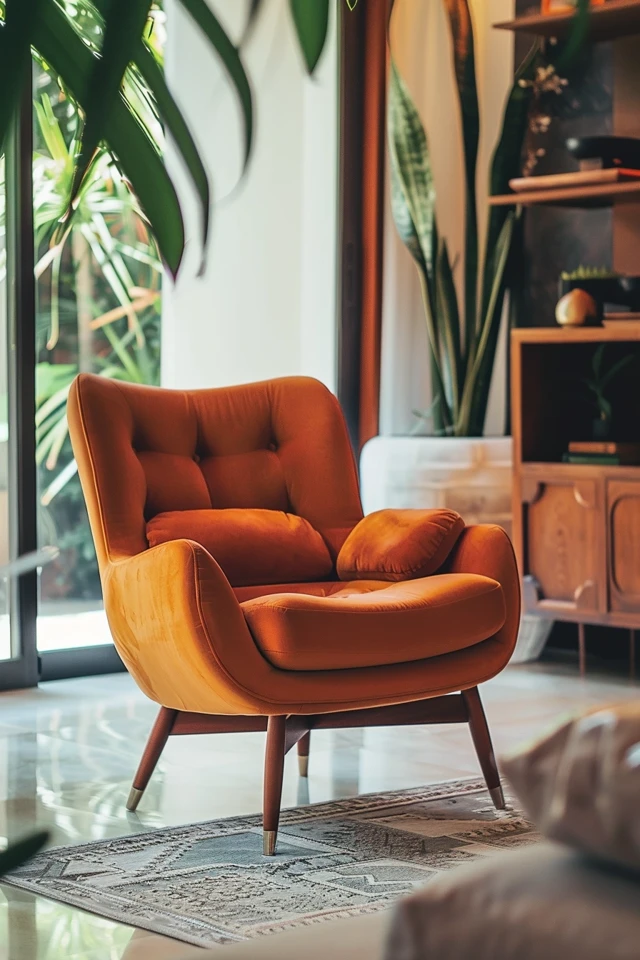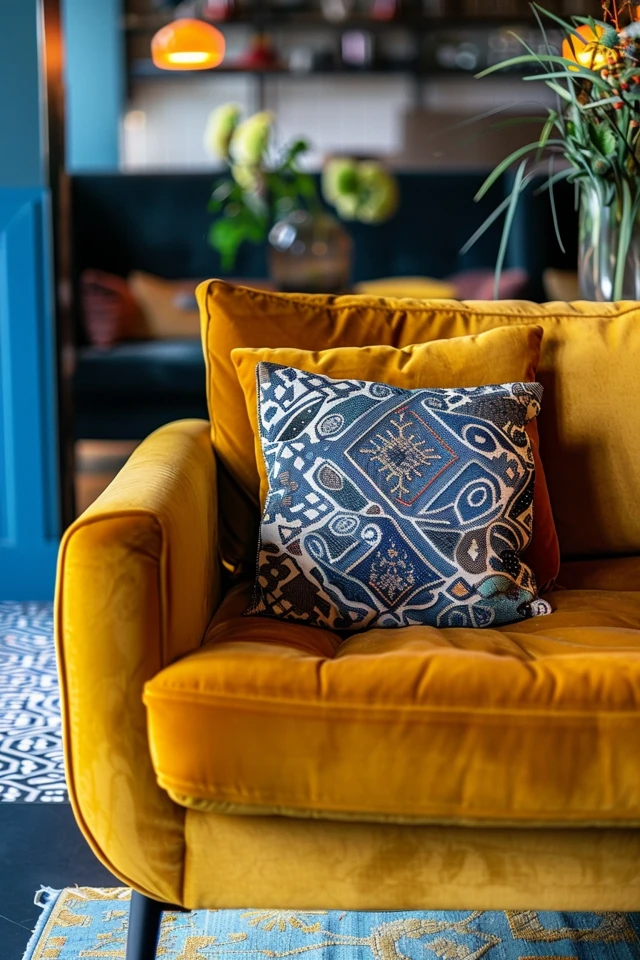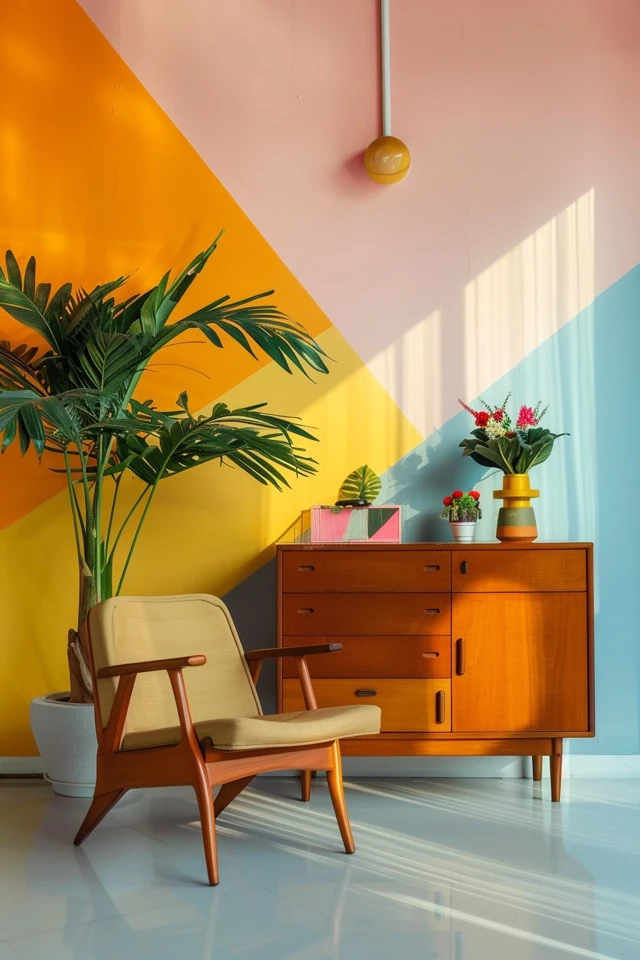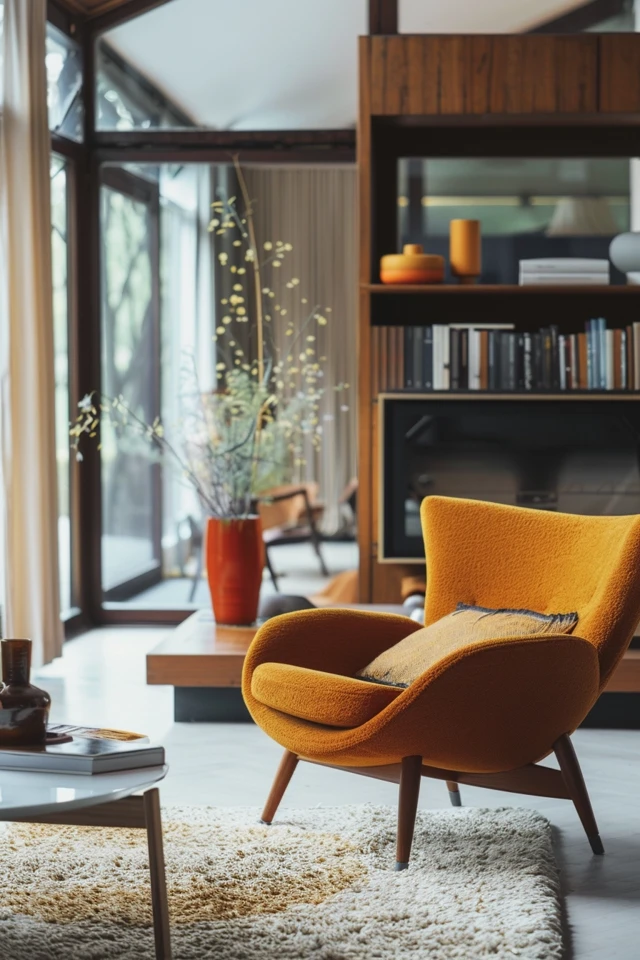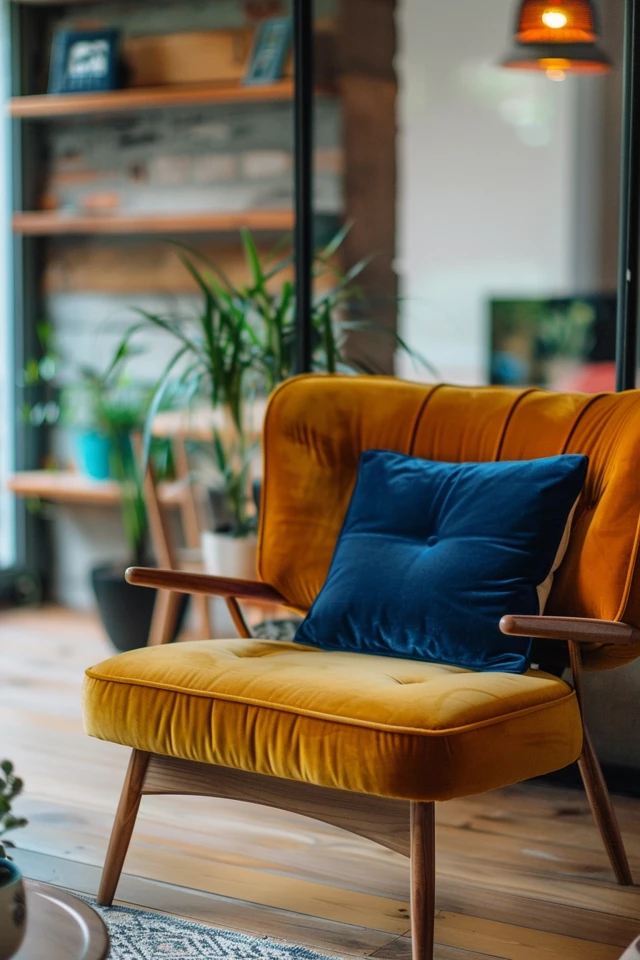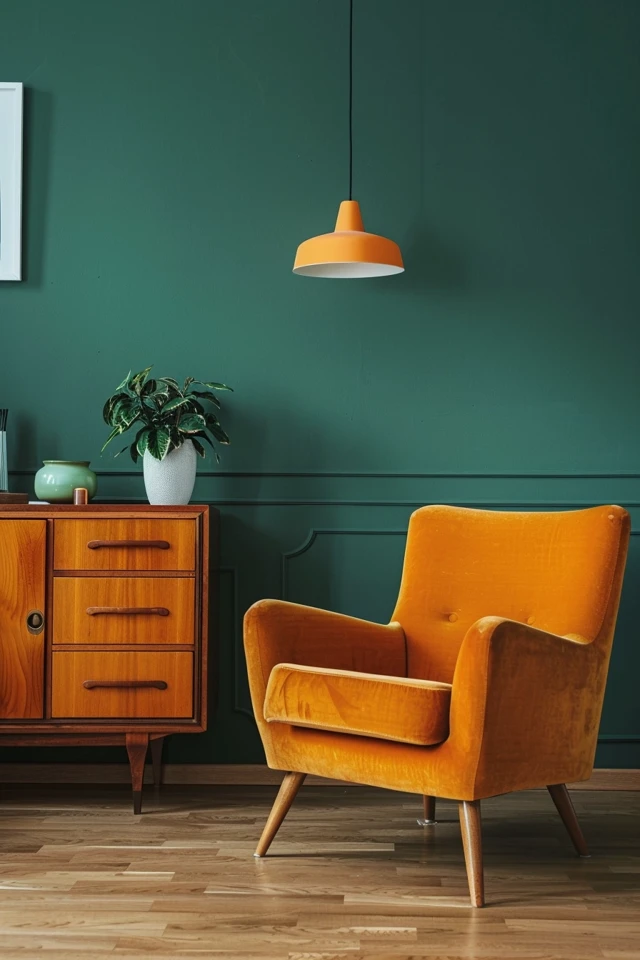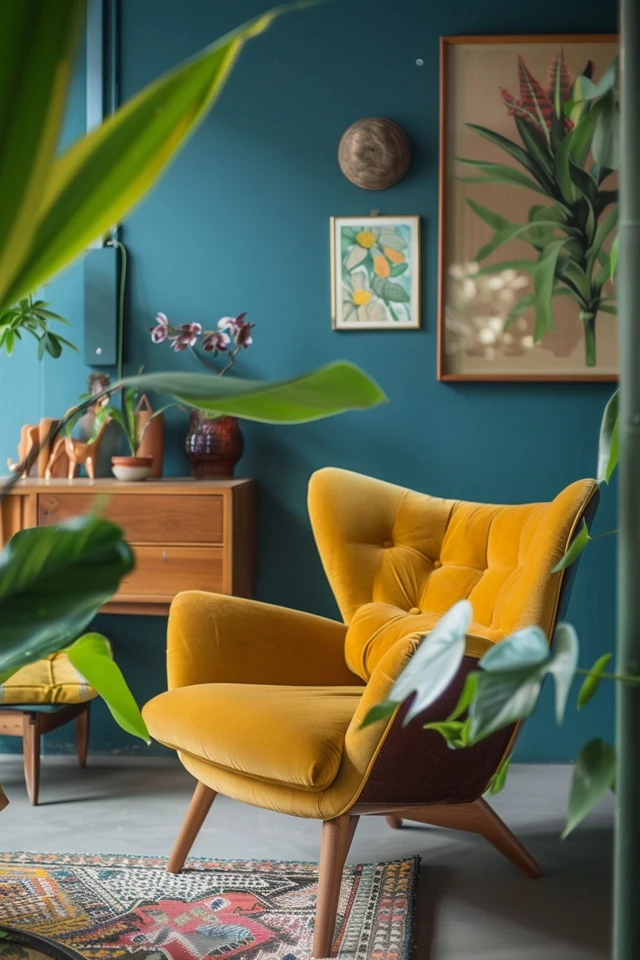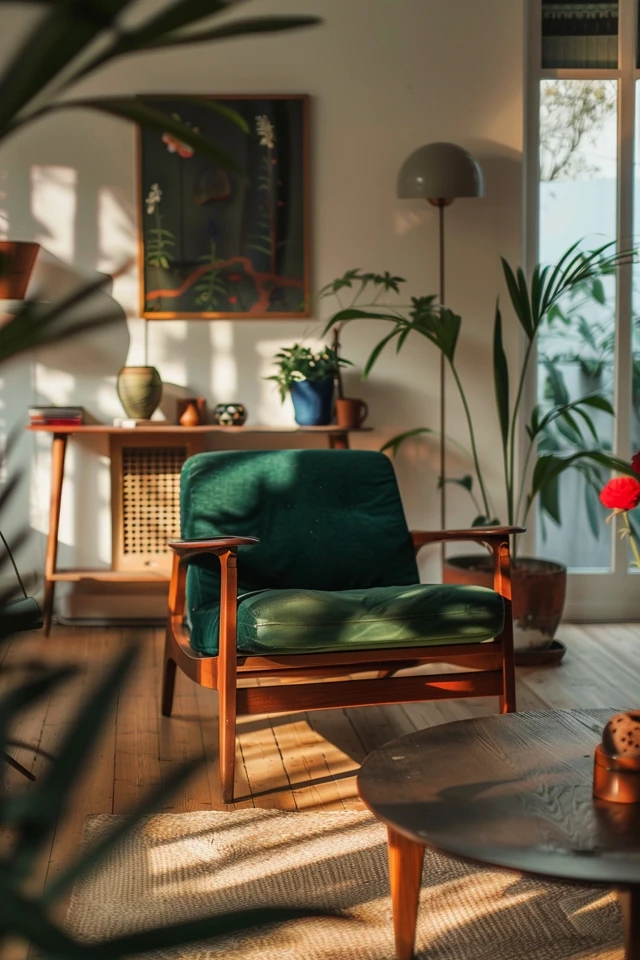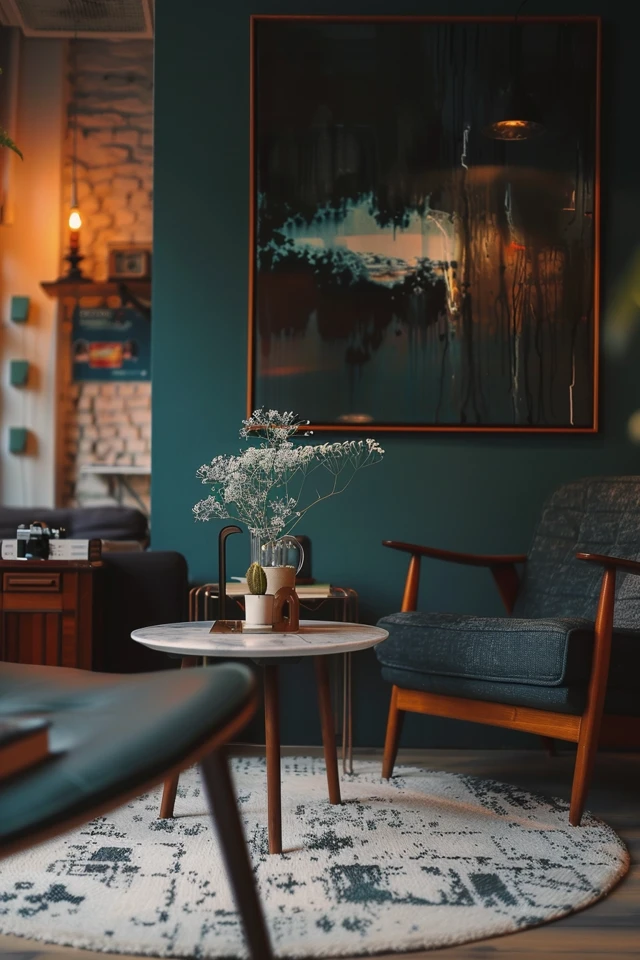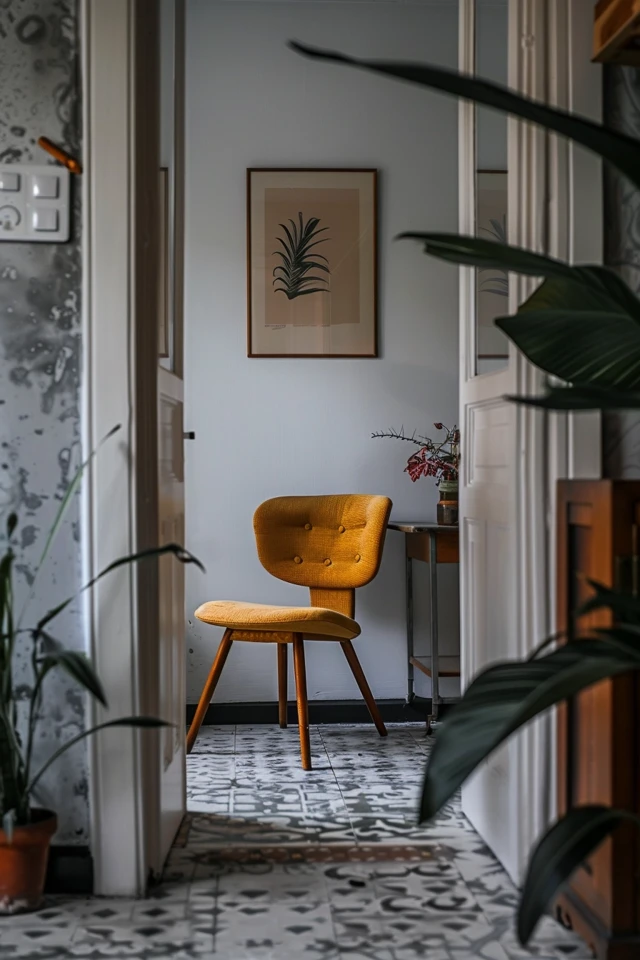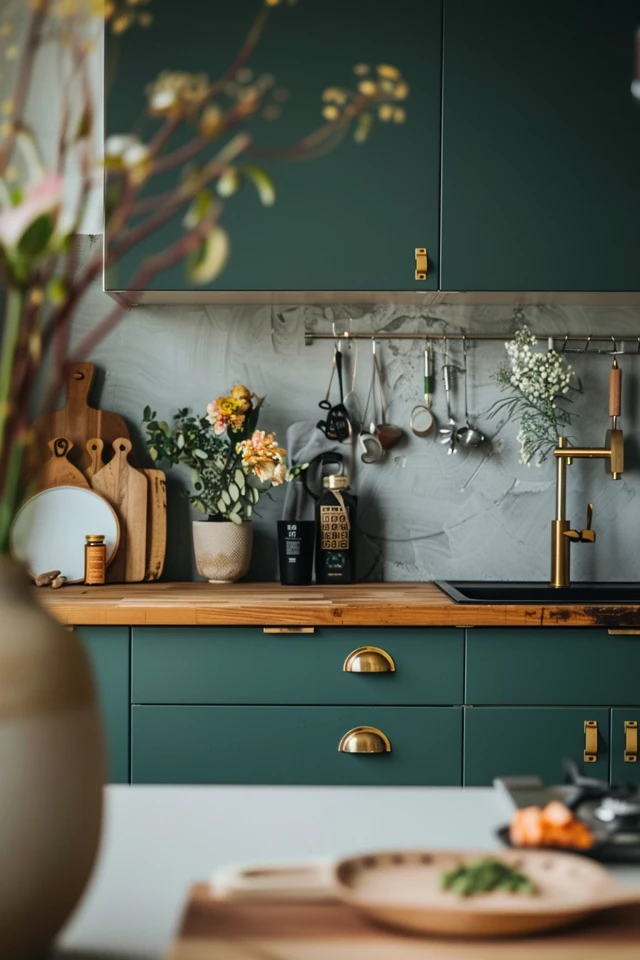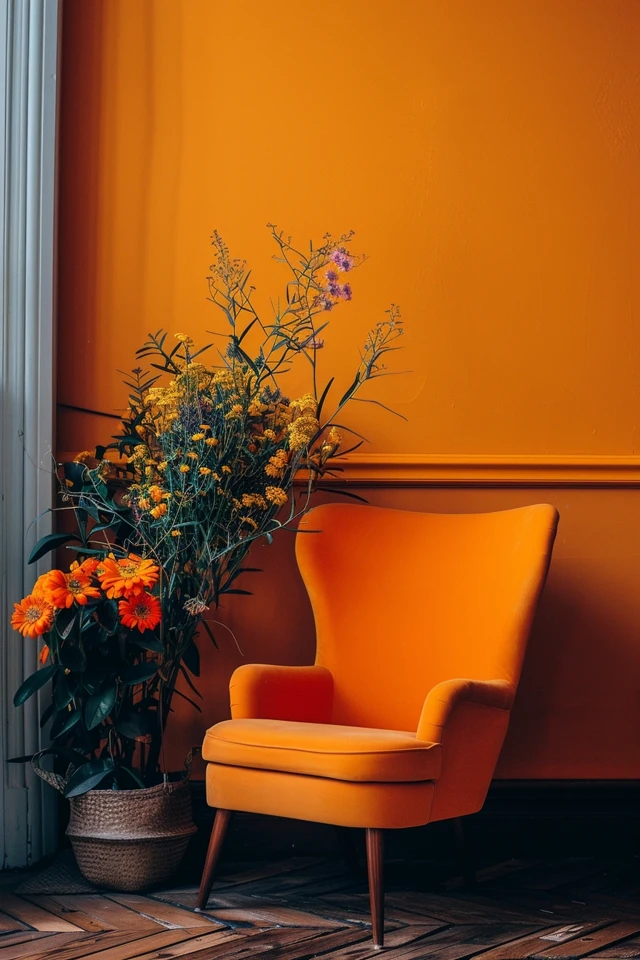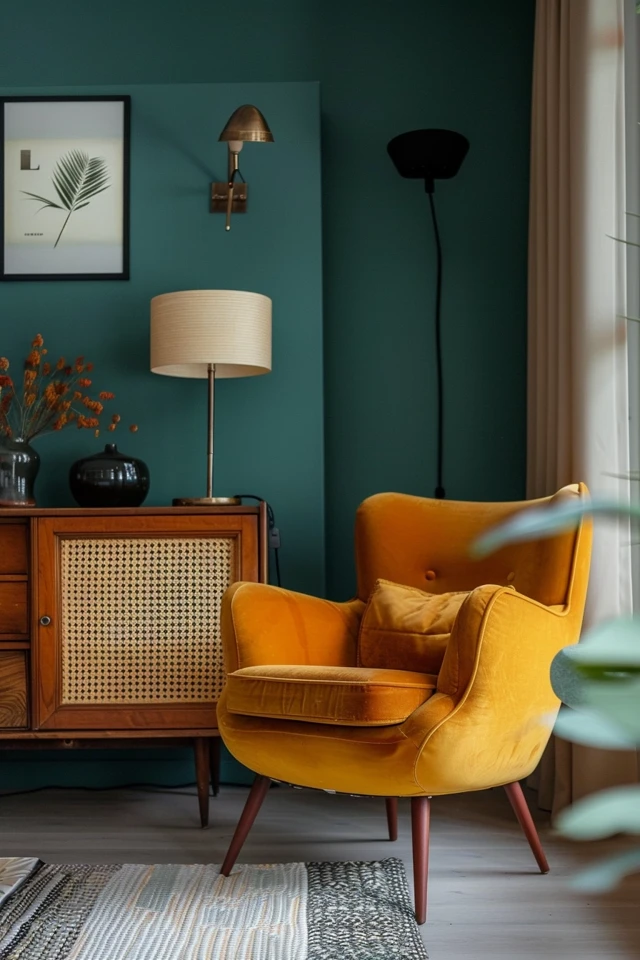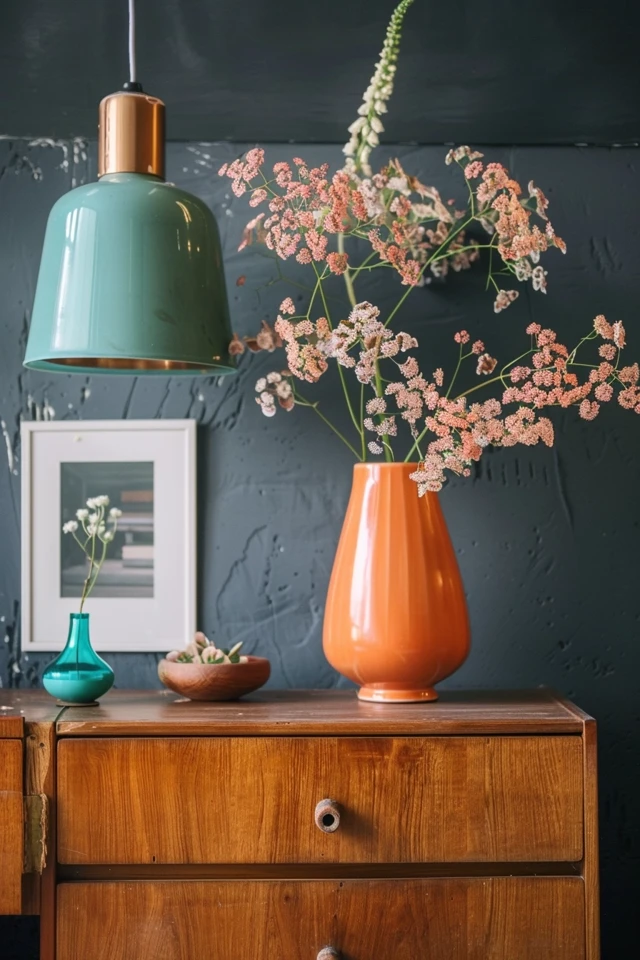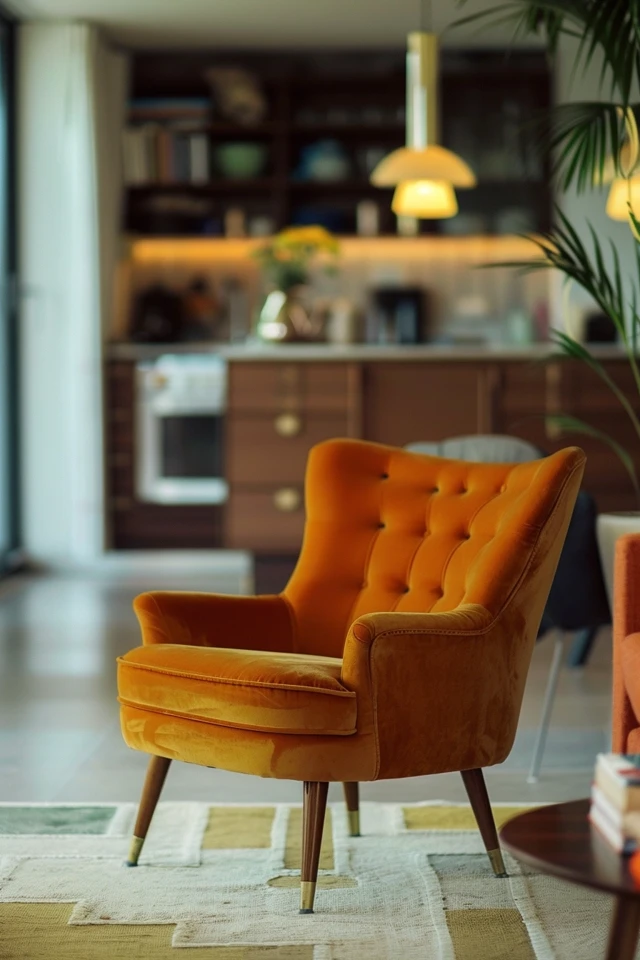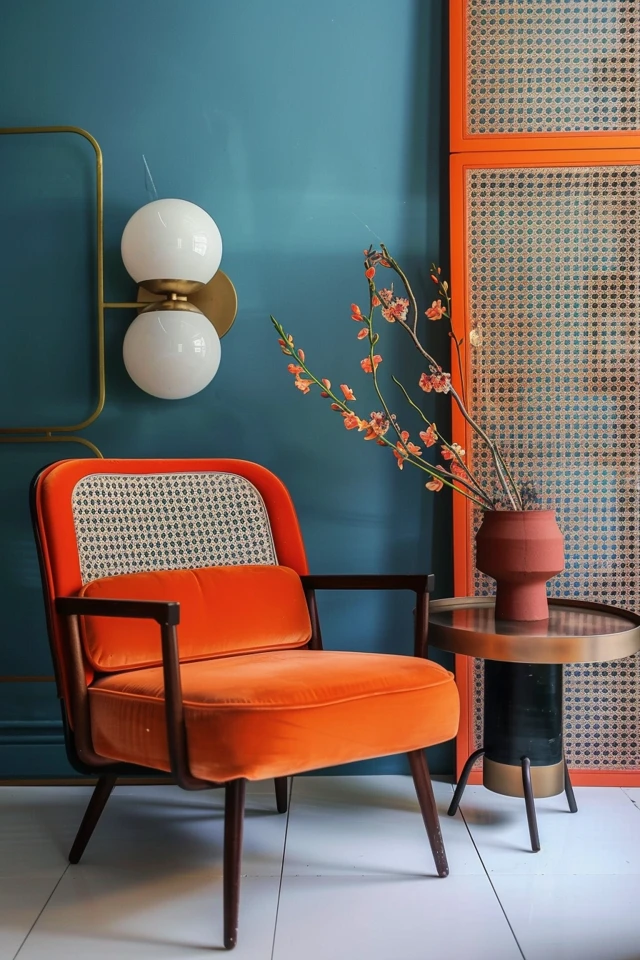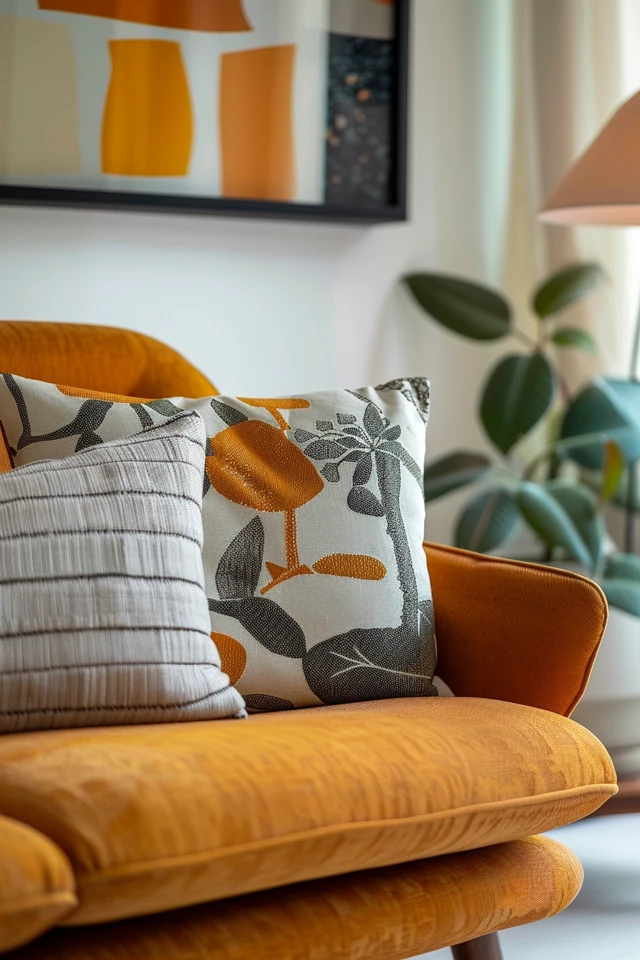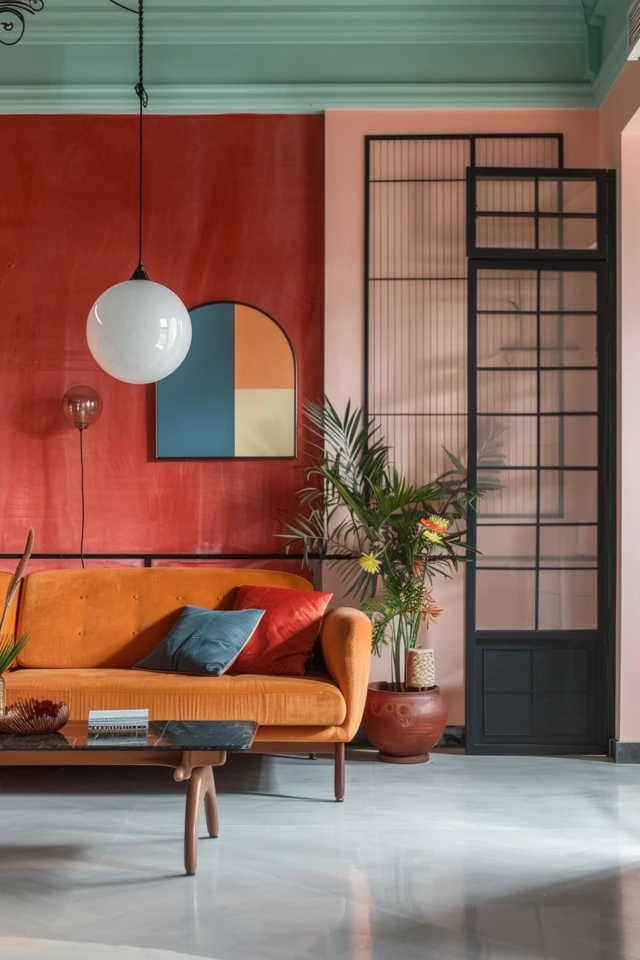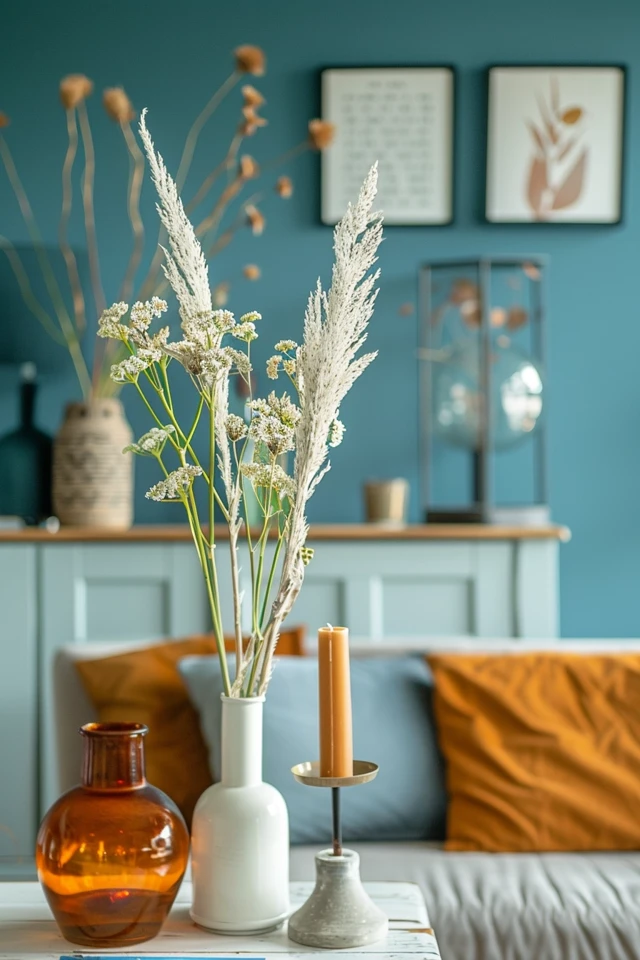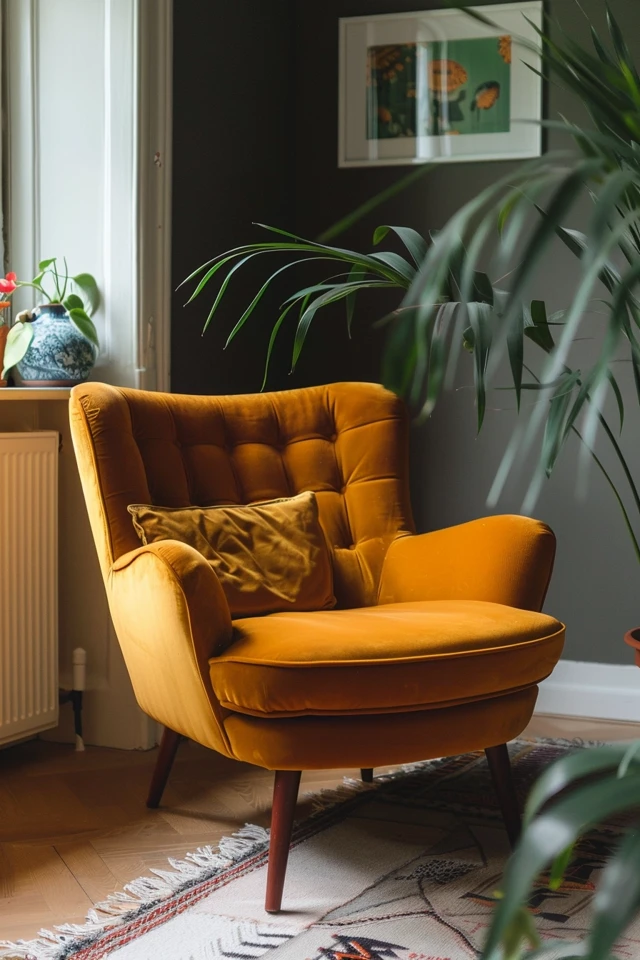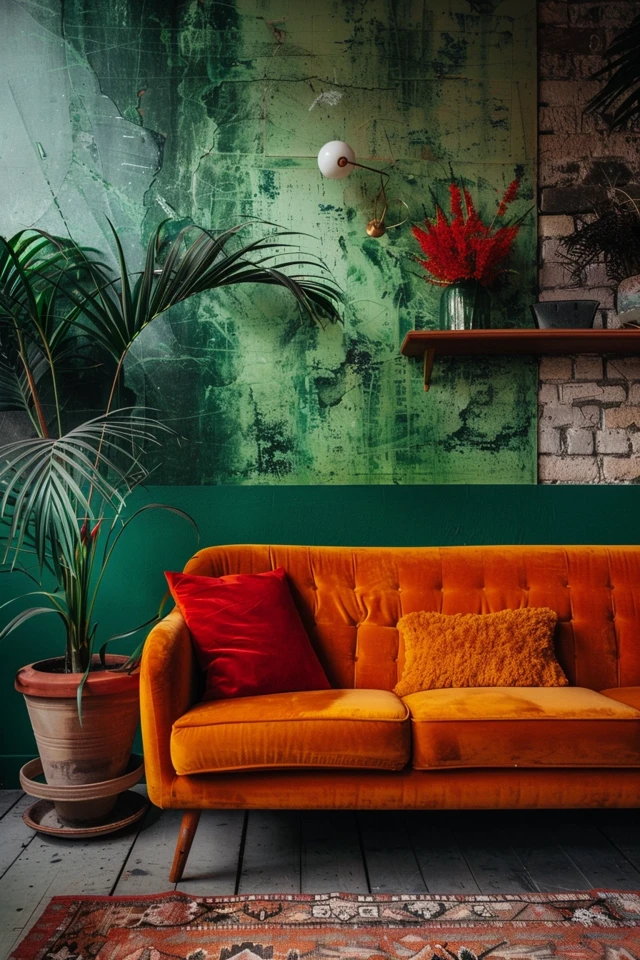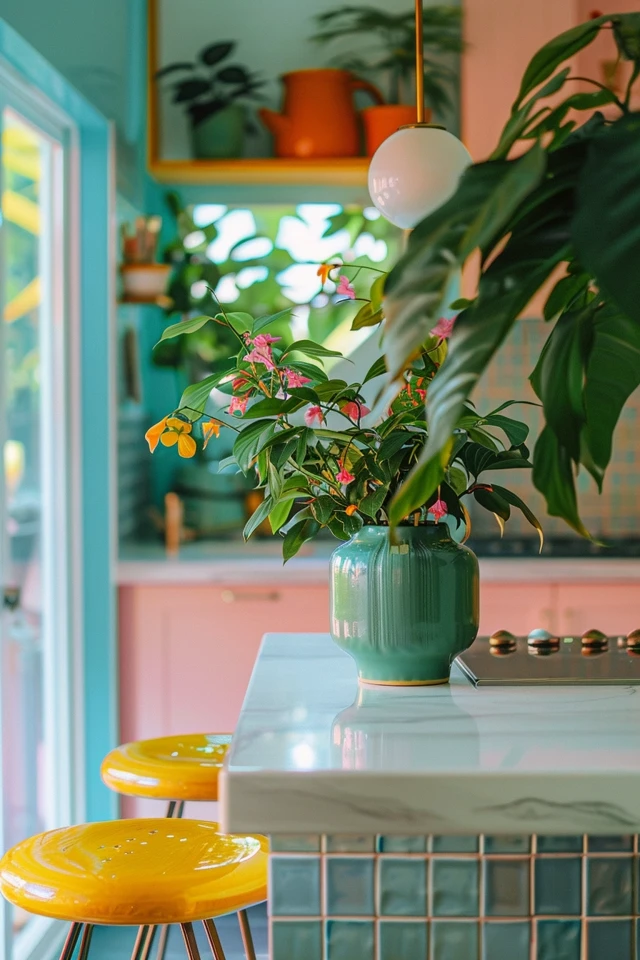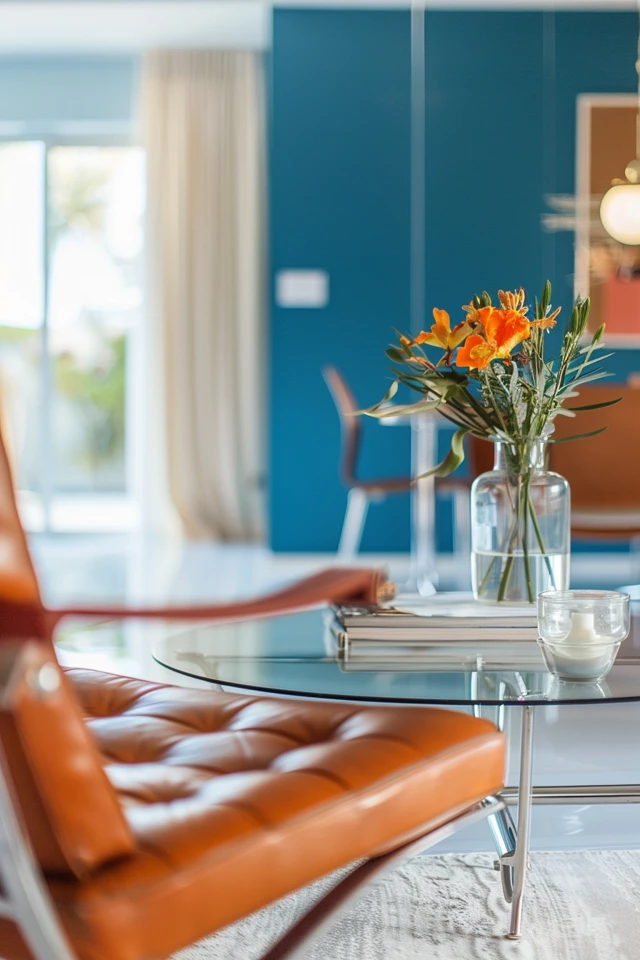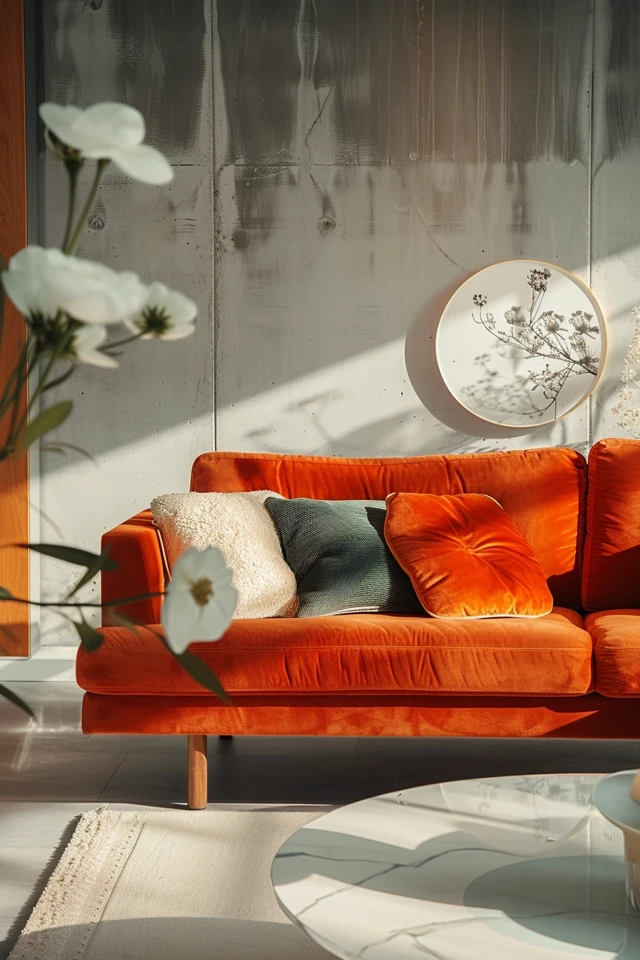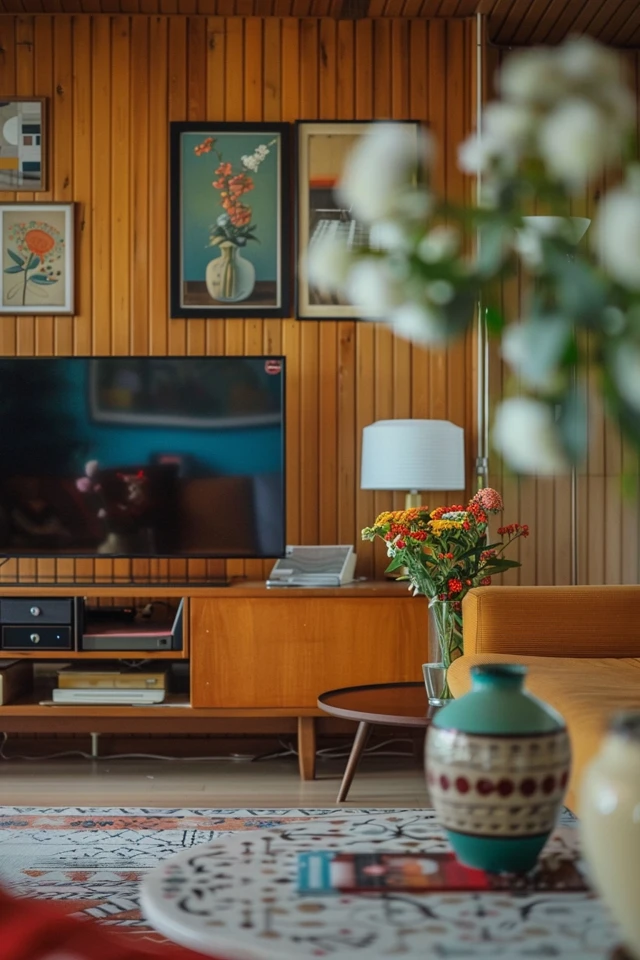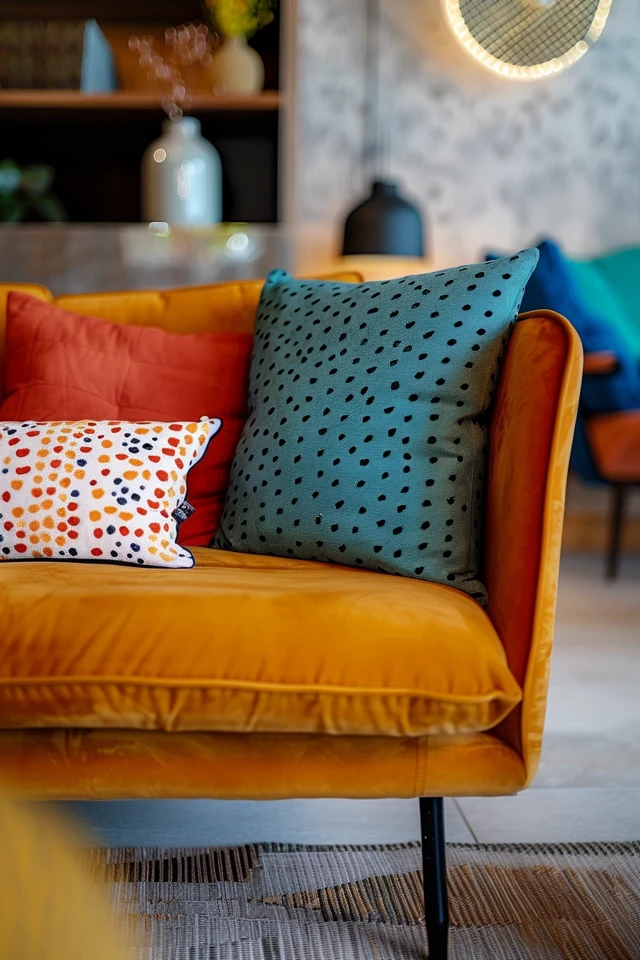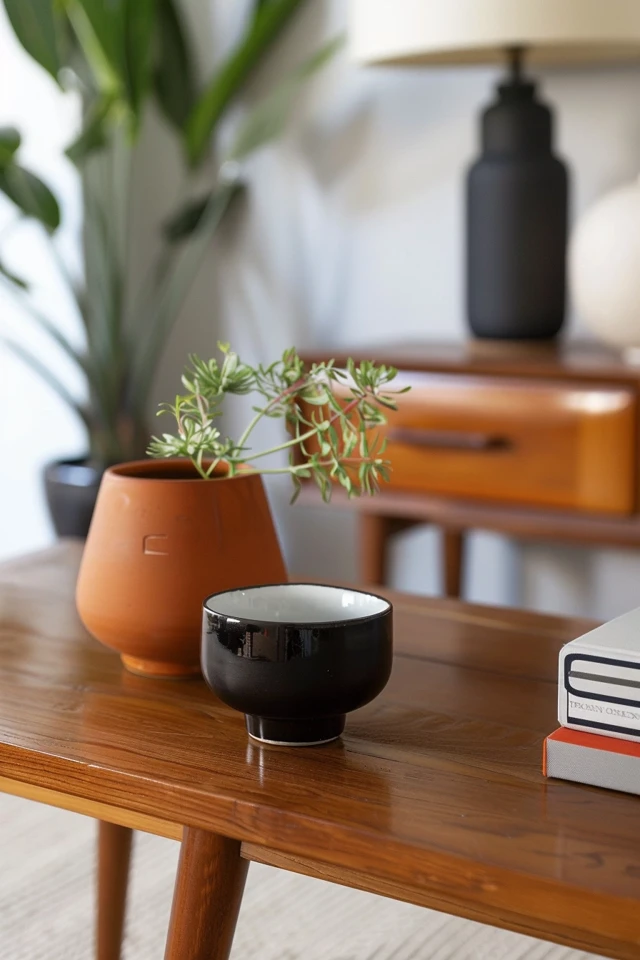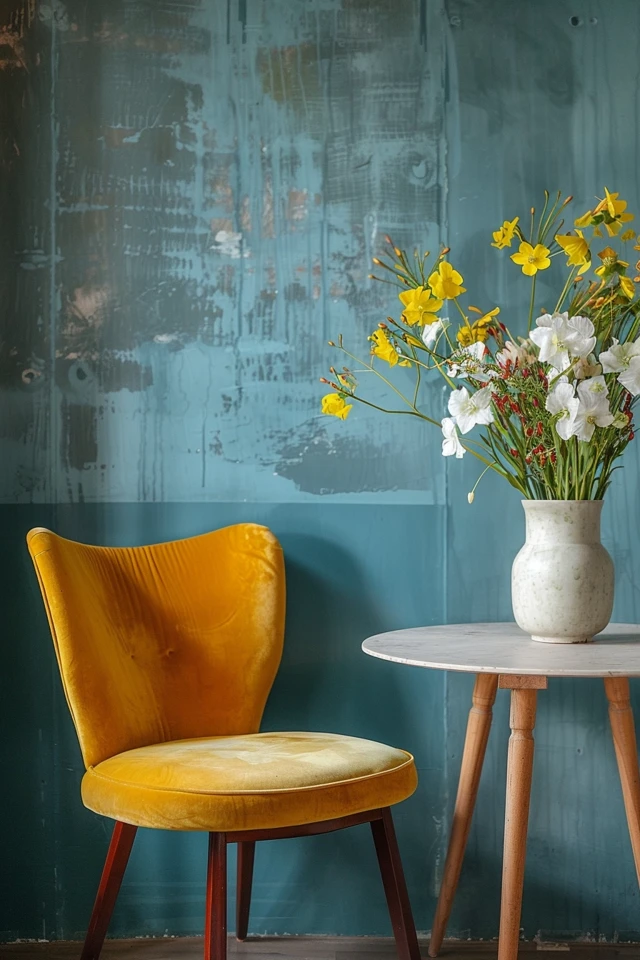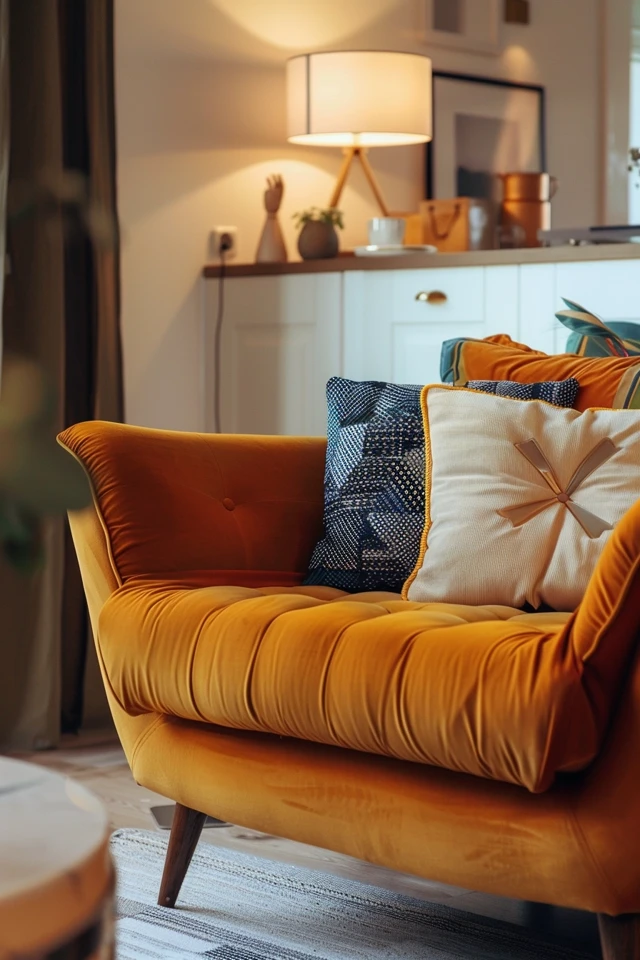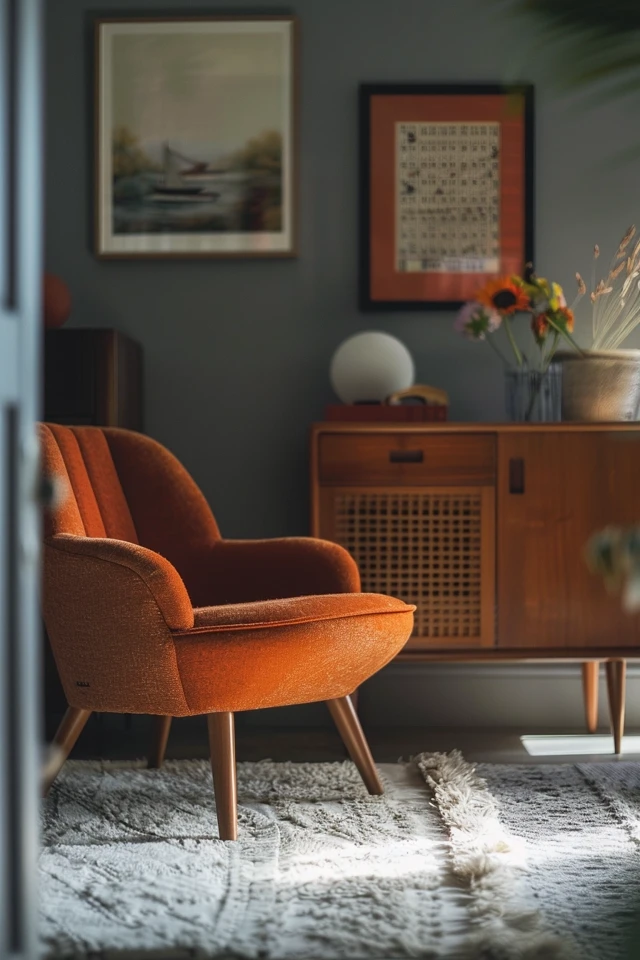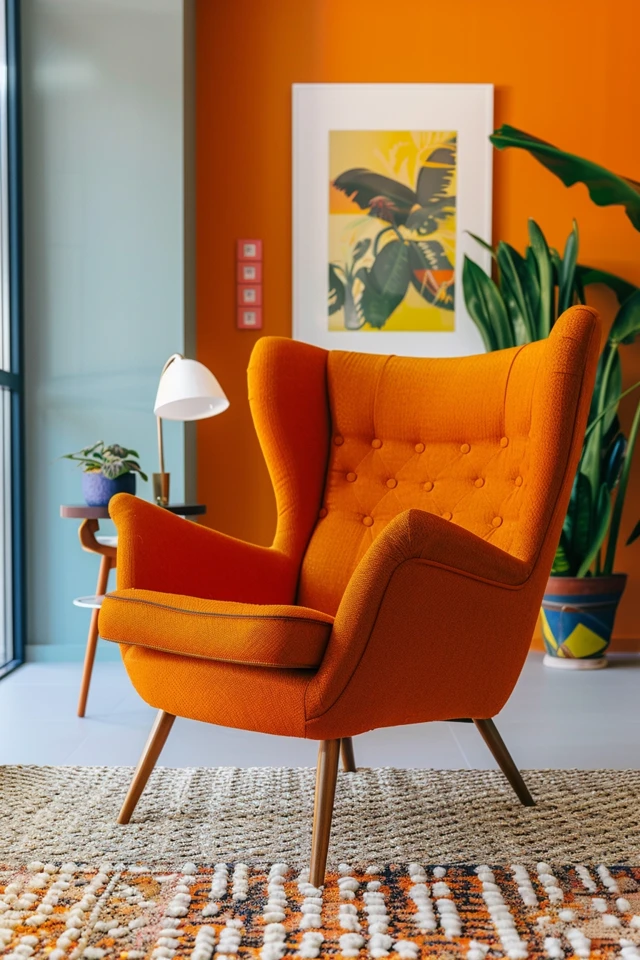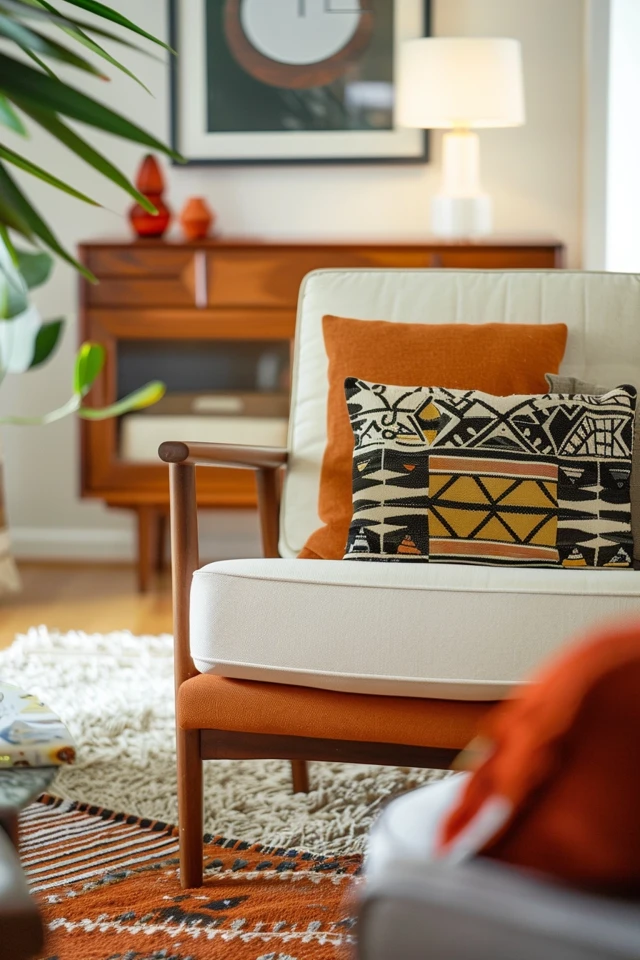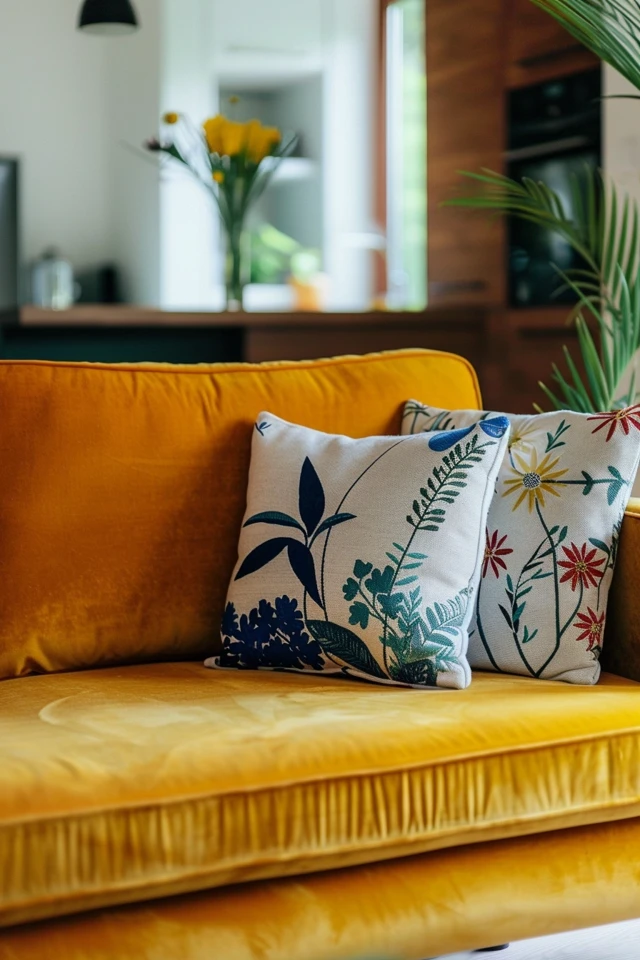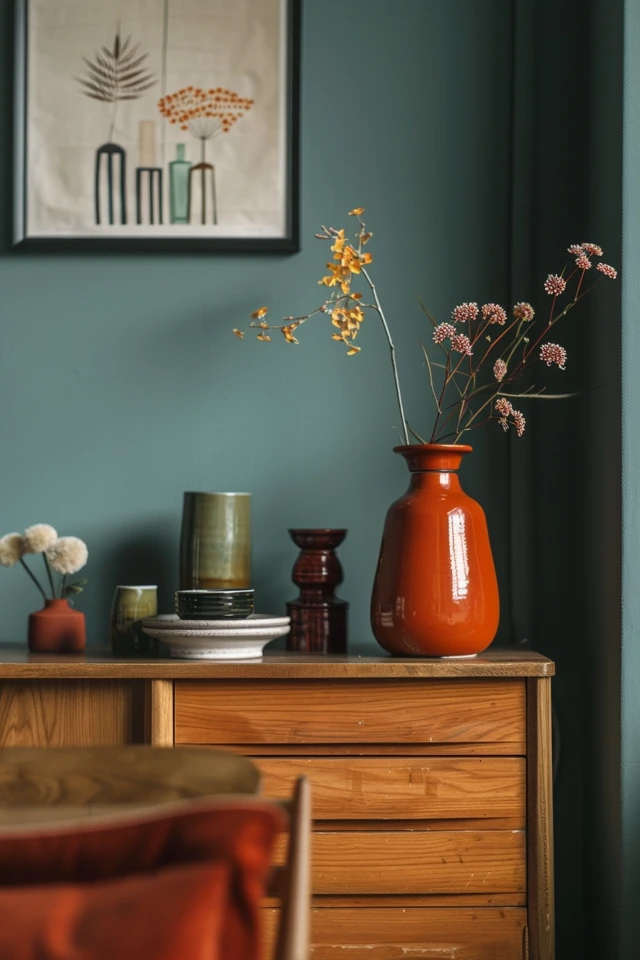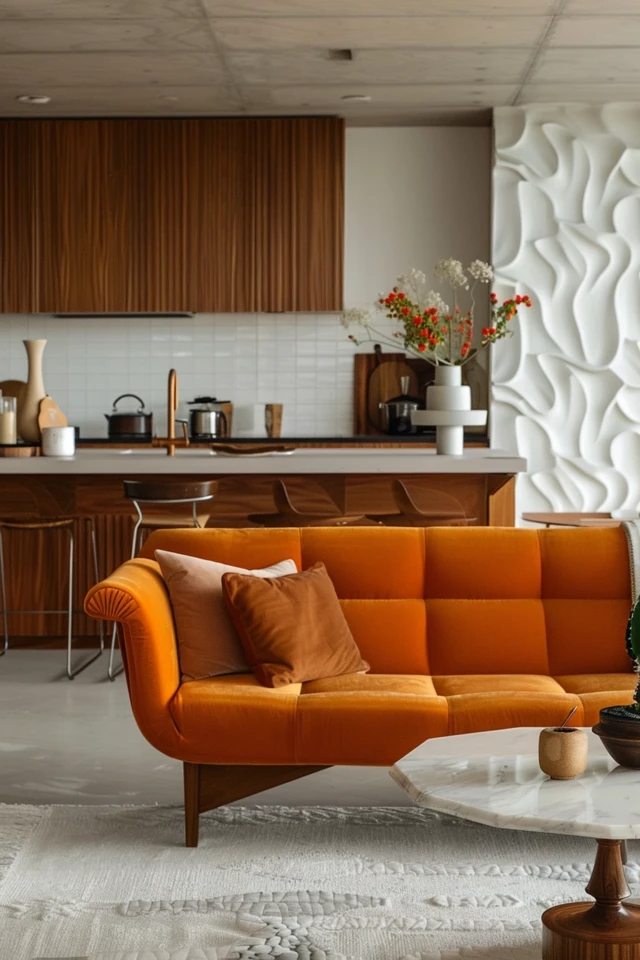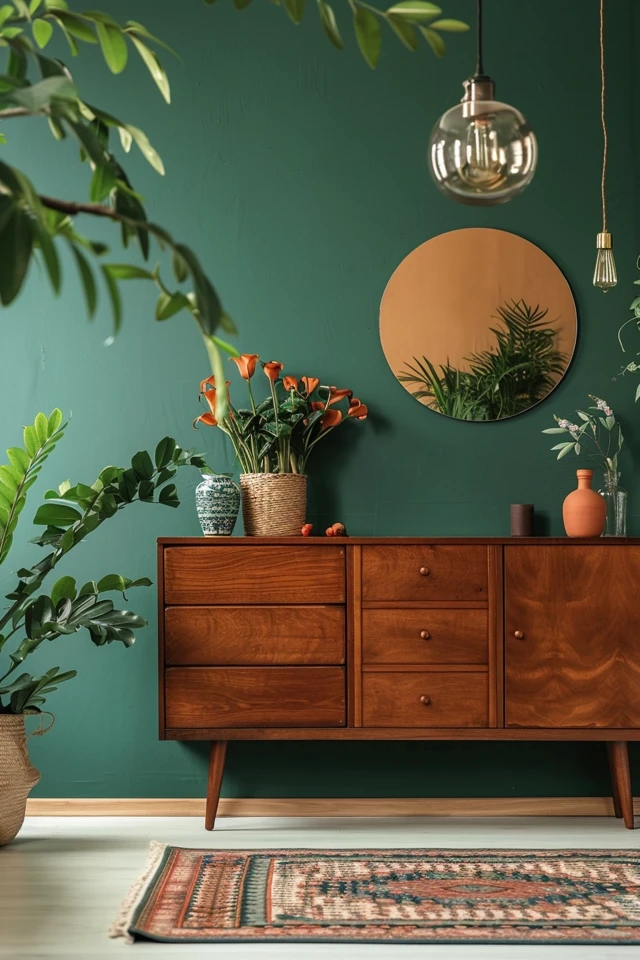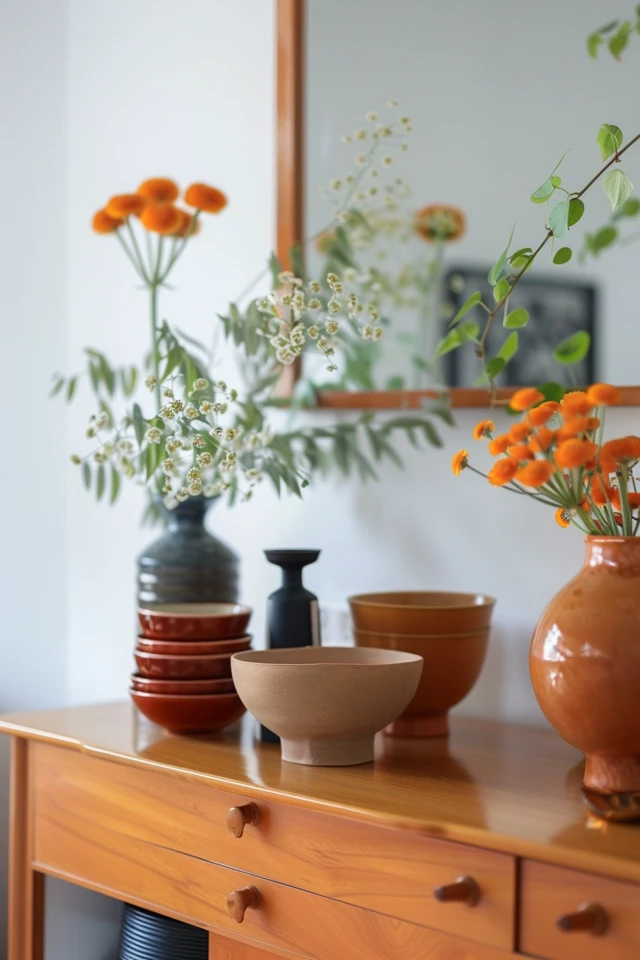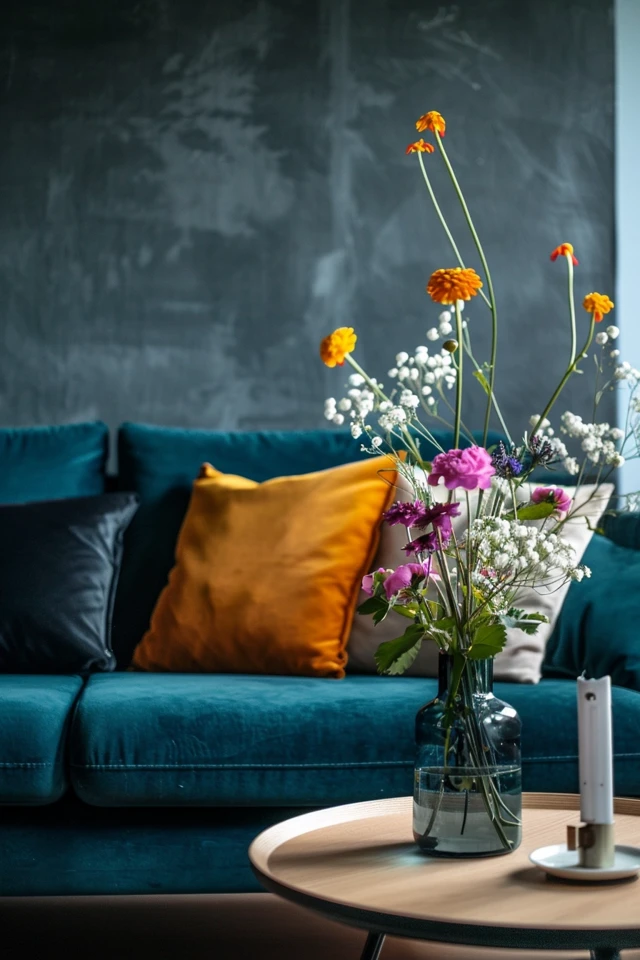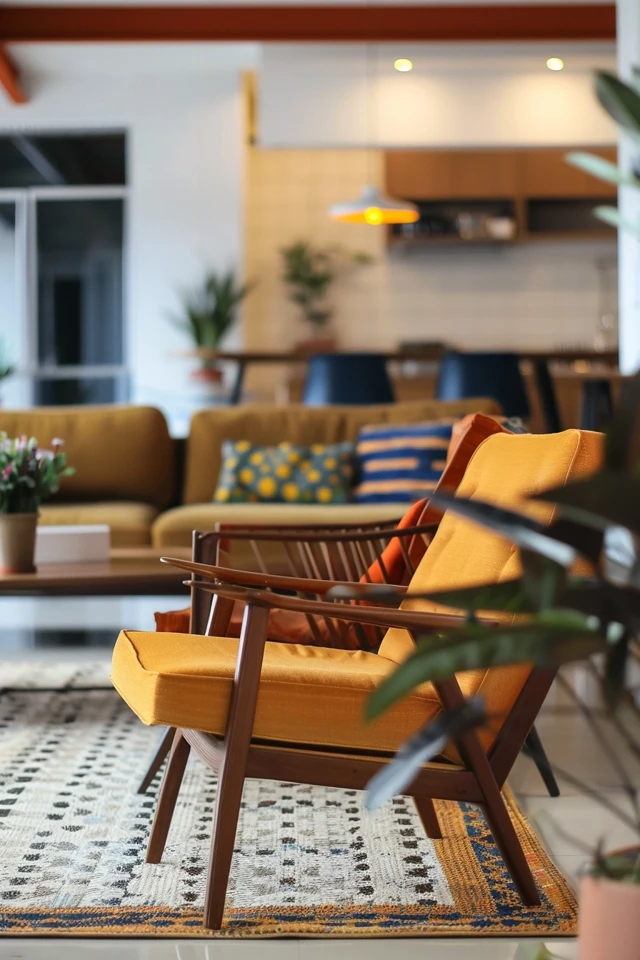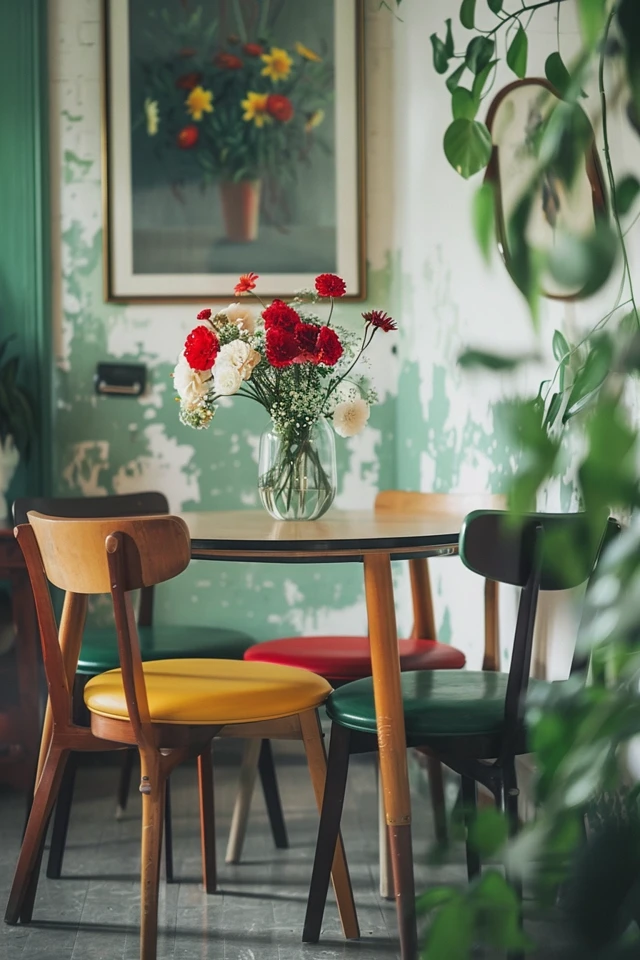Before Reading this Article, Hire Us As Your Designer or Take a Look at My Top 3 Amazon Picks!
If you are looking to blend Amazon's furniture finds with a personalized touch for your space, check out my portfolio, and hire us! You'll get 3 Idea boards, 2 Concept Boards, 2 Realistic Renderings, a Floor Plan, and a Shopping List! Everything's online, plus a 25% discount on your first online interior design project with my Havenly Promo code 4c7441bcfb. With over 2,000 designs since 2017 and top US brand partnerships, your project is in expert hands. US only. Ready to start?
Efficient and Stylish: Industrial Office Design Inspirations
In the world of office design, the industrial style has emerged as a favorite for those seeking a blend of efficiency and aesthetic appeal. The industrial office design is characterized by its use of raw materials, exposed structures, and a minimalistic yet functional approach. As an architect and interior designer with expertise in evidence-based design, I’ve seen how industrial office spaces can transform work environments, enhancing productivity and fostering creativity.
Industrial office design is not just about looks; it’s about creating a workspace that is both practical and inspiring. The open layouts, combined with the use of durable materials, make these offices not only stylish but also highly functional. Whether you’re setting up a home office or redesigning a corporate workspace, the principles of industrial design can help you create a space that is efficient and visually appealing.
This article will explore various aspects of industrial office design, providing you with actionable insights and inspiration. From choosing the right materials and furniture to incorporating lighting and decor, we’ll cover everything you need to know to create an efficient and stylish industrial office. Let’s delve into the world of industrial design and discover how it can transform your workspace.
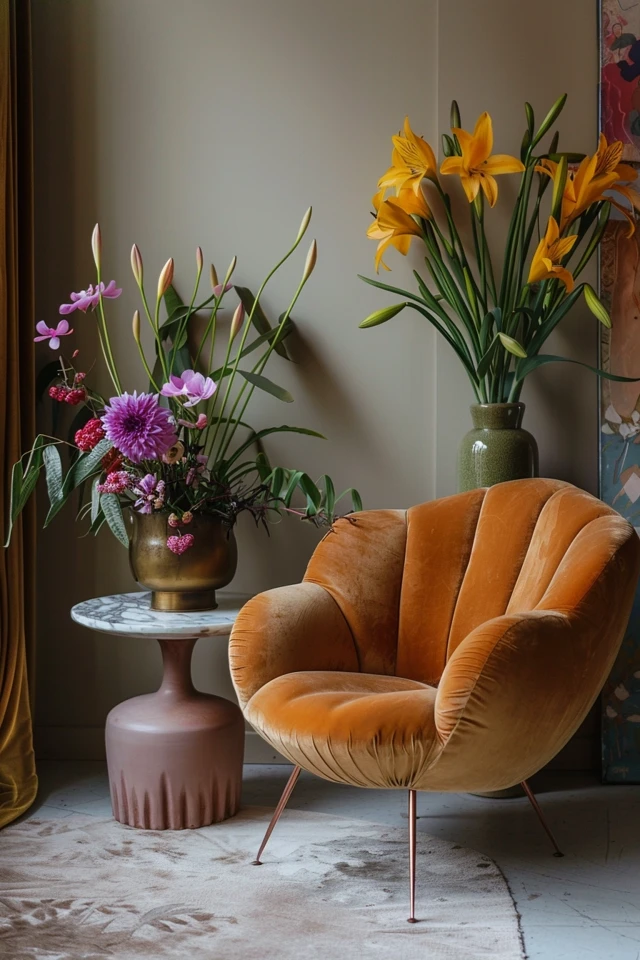
1. Embrace Open Spaces
One of the defining features of industrial office design is the open layout. Open spaces foster collaboration and communication, making them ideal for modern work environments.
Benefits of Open Layouts
- Increased Collaboration: Open spaces make it easier for team members to interact and share ideas.
- Flexibility: Open layouts can be easily reconfigured to accommodate changing needs.
- Enhanced Natural Light: Fewer walls mean more opportunities for natural light to permeate the space.
Tips for Creating Open Spaces
- Use large, communal tables instead of individual desks.
- Opt for low or no partitions to maintain sightlines.
- Arrange seating areas to encourage interaction and collaboration.
2. Use Raw and Reclaimed Materials
Industrial design often incorporates raw and reclaimed materials, which add character and authenticity to the space.
Popular Materials
- Exposed Brick: Adds texture and a sense of history to the office.
- Concrete Floors: Durable and easy to maintain, perfect for high-traffic areas.
- Reclaimed Wood: Adds warmth and sustainability, ideal for desks and shelving.
How to Incorporate These Materials
- Use reclaimed wood for desks and conference tables.
- Leave brick walls exposed or use brick veneers for a similar effect.
- Opt for concrete or polished cement floors for a sleek, modern look.
3. Incorporate Industrial Lighting
Lighting is a crucial element in industrial office design. The right lighting can enhance the aesthetic and functionality of the space.
Types of Industrial Lighting
- Pendant Lights: Hang above workstations or communal tables for focused lighting.
- Track Lighting: Provides flexibility and can be adjusted to highlight different areas.
- Wall Sconces: Add ambient lighting and can highlight architectural features.
Lighting Tips
- Use fixtures with metal finishes or exposed bulbs to stay true to the industrial style.
- Combine different types of lighting to create a well-lit and inviting workspace.
- Incorporate natural light as much as possible to reduce the need for artificial lighting.
4. Opt for Functional and Stylish Furniture
Furniture in an industrial office should be both functional and stylish. Look for pieces that combine practicality with aesthetic appeal.
Key Furniture Pieces
- Metal Desks: Durable and easy to clean, ideal for heavy use.
- Ergonomic Chairs: Ensure comfort and support for long work hours.
- Storage Solutions: Use metal filing cabinets or open shelving for storage.
Furniture Tips
- Choose furniture with clean lines and minimalistic designs to maintain the industrial look.
- Opt for pieces made from metal and wood for a cohesive design.
- Ensure that furniture is comfortable and supports good posture.

5. Add Greenery
Adding plants to your industrial office can soften the rugged look and improve air quality.
Benefits of Plants
- Improved Air Quality: Plants help to purify the air and reduce indoor pollutants.
- Enhanced Aesthetics: Greenery adds a touch of nature and warmth to the space.
- Stress Reduction: Studies have shown that plants can help reduce stress and improve mood.
Tips for Incorporating Greenery
- Use large potted plants in corners or near windows.
- Incorporate small plants on desks and shelves.
- Choose plants that are easy to maintain and thrive in indoor environments.
6. Personalize with Decor
Personalizing your office with decor can make the space feel more inviting and reflective of your personality or brand.
Types of Decor
- Artwork: Use industrial-style artwork or photographs to add interest to the walls.
- Rugs: Add texture and warmth with area rugs in neutral or bold colors.
- Accessories: Incorporate industrial-style accessories such as metal sculptures or vintage clocks.
Decor Tips
- Keep decor minimal to maintain the industrial look.
- Choose pieces that complement the raw materials and colors in the space.
- Personalize with items that reflect your brand or personality.
7. Create Functional Zones
Dividing your office into functional zones can help improve organization and productivity.
Common Zones
- Workstations: Areas for individual work with desks and chairs.
- Collaboration Areas: Spaces with large tables for group work and meetings.
- Break Areas: Comfortable spaces for relaxation and informal interactions.
Zoning Tips
- Use furniture and rugs to define different zones.
- Ensure that each zone has the necessary resources and amenities.
- Arrange zones to facilitate movement and interaction.
8. Utilize Smart Storage Solutions
Efficient storage is essential in any office. Industrial design offers many stylish and practical storage options.
Storage Ideas
- Open Shelving: Use metal or wood shelves for easy access and display.
- Cabinets: Choose metal filing cabinets for a cohesive industrial look.
- Multi-Functional Furniture: Opt for desks or tables with built-in storage.
Storage Tips
- Keep storage organized and clutter-free to maintain a tidy workspace.
- Use labels or baskets to categorize and organize items.
- Choose storage solutions that blend seamlessly with the industrial design.

9. Emphasize Sustainability
Sustainability is a key aspect of modern design. Incorporating sustainable practices can enhance the efficiency and appeal of your industrial office.
Sustainable Practices
- Recycled Materials: Use furniture and decor made from recycled or reclaimed materials.
- Energy Efficiency: Choose energy-efficient lighting and appliances.
- Waste Reduction: Implement recycling programs and reduce single-use items.
Sustainability Tips
- Opt for materials that are durable and have a long lifespan.
- Use natural light to reduce energy consumption.
- Encourage sustainable practices among employees and colleagues.
10. Balance Comfort and Style
While industrial design is known for its rugged aesthetic, comfort is still essential in an office setting.
Comfort Tips
- Use ergonomic furniture to support health and well-being.
- Incorporate soft textiles, such as cushions and rugs, to add comfort.
- Ensure that the office is well-lit and has good ventilation.
Conclusion
Creating an efficient and stylish industrial office involves a careful balance of raw materials, functional furniture, and personal touches. By embracing open spaces, incorporating industrial lighting, and using raw and reclaimed materials, you can create a workspace that is both practical and visually appealing. Adding greenery, personalizing with decor, and emphasizing sustainability further enhance the overall design, making your office a productive and inspiring environment.
As an architect and interior designer, I’ve seen how industrial office design can transform workspaces, improving both functionality and aesthetics. Whether you’re setting up a new office or redesigning an existing one, these tips and ideas will help you create a space that meets your needs and reflects your style.
Remember, the key to a successful industrial office is to maintain a balance between efficiency and style. With the right approach, your office can become a place where productivity and creativity thrive. Embrace the industrial aesthetic and create a workspace that inspires and motivates you every day.
Inspirational Pictures
